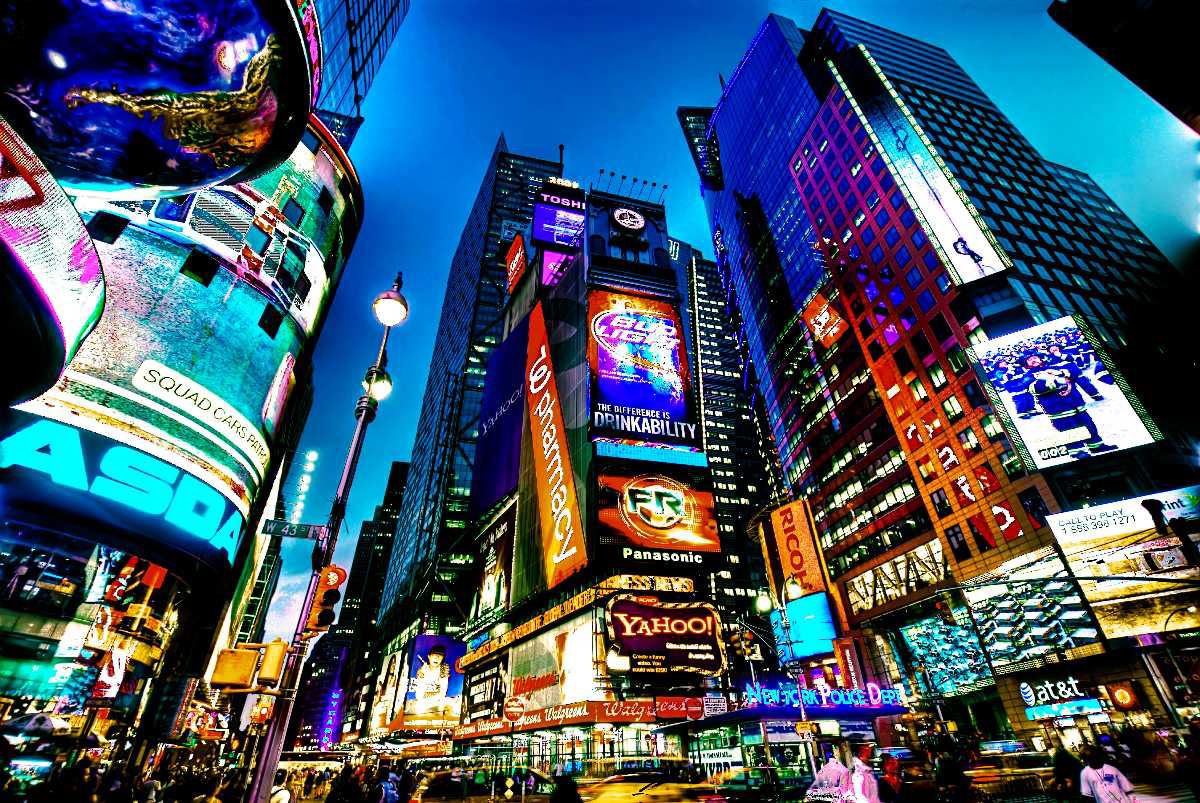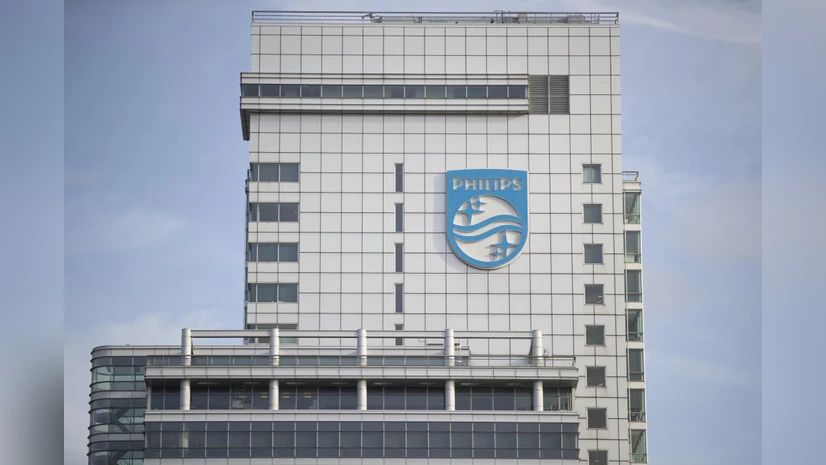Key Highlights
India has long admired the vibrancy and global cultural significance of New York's Times Square, often described as the "Center of the Universe," renowned for its luminous electronic billboards, bustling pedestrian zones, entertainment hubs, and tourism magnetism.
Recent years have witnessed concrete government-backed plans and urban development initiatives aiming to replicate a similar urban spectacle in major Indian cities, with Bengaluru and Mumbai at the forefront of these transformative projects.
Bengaluru's proposed "Bengaluru Square," envisioned at the intersection of Residency Road and Brigade Road, is being positioned as a cultural, commercial, and entertainment nexus, sprawling over 25 acres, which would feature upgraded pedestrian infrastructure, LED lighting, and multi-storey parking, making it a potential landmark tourist destination.
Mumbai too has identified the Kala Ghoda and South Mumbai heritage zones as potential sites for a Times Square-esque redevelopment, integrating illuminated signage, artistic installations, and vibrant public spaces while carefully balancing heritage preservation and traffic management.
The Karnataka government’s push to make areas like Church Street and MG Road attractive pedestrian zones, infused with modern amenities and lighting, reflects increasing urban commitment toward enhanced public spaces and experiential city living.
These ambitious undertakings come with challenges ranging from urban congestion, heritage conservation concerns, pollution control, to ensuring sustainable tourism and balancing commercial interests with citizens' quality of life.
If successful, replicating a Times Square-like vibrancy in India could bolster tourism, create new economic opportunities, generate employment, and elevate the global profile of Indian metros as contemporary, cosmopolitan cities.
The projects draw on lessons from New York’s Times Square transformation, emphasizing car-free pedestrian plazas, digital advertising revenue streams, coordinated urban management, and fostering cultural events that integrate with commercial activity.
While critics sometimes label these schemes as "pipe dreams" due to infrastructural gaps or bureaucratic hurdles, steady progress in urban planning and spirited government involvement lends credibility to their realization, making it a realistic aspiration in the near to medium term.
Detailed Insights: Bengaluru’s Bengaluru Square Initiative
The Mayor of Bengaluru, R Sampath Raj, has championed the initiative to transform the Residency and Brigade Roads junction into a marquee attraction reminiscent of Times Square.
Development prospects include granite footpaths, cobblestone carriageways, multiple LED installations, dedicated parking facilities for over 500 vehicles, and pedestrian-friendly zones.
The proposal also connects with the upcoming pod taxi public transport, integrating last-mile connectivity and enhancing visitor flows.
The local government commissioned TenderSURE expert Swati Ramanathan to develop detailed project reports highlighting environmental sensitivity and urban livability.
Bengaluru’s growing recognition as a global technology and cultural hub strengthens the city’s capacity for such transformations, supported by favorable rankings in global city growth indices.
Mumbai’s Kala Ghoda Plans: Balancing Heritage with Modernity
Mumbai’s Kala Ghoda cultural district is earmarked for a phased transformation involving illuminated landmarks, including proposal for a 15-foot tall lit Indian flag as an iconic centerpiece.
The Ministry of Tourism has allocated funding for infrastructure upgrades, alongside state government support, aiming to sustain Kala Ghoda’s artistic ambiance while injecting modern spectacle elements.
Authorities are planning for electronic billboards to provide advertising revenue streams and enliven public spaces without compromising vehicular traffic flow.
The project’s challenges include managing Mumbai’s heritage conservation demands, dense urban fabric, and traffic pressures in South Mumbai.
Broader Urban and Cultural Context
The Times Square concept appeals to Indian cities juggling rapid urbanization, seeking to create destinations combining commerce, culture, and leisure to attract both local citizens and international travelers.
Successful replication requires holistic urban design, including pedestrianization, smart lighting, effective public transport, safety measures, and curated cultural programming.
Market observers see such projects as part of India’s efforts to reposition cities on the world stage as liveable, vibrant metros offering multifaceted experiences beyond business and residential uses.
Conclusion: From Vision to Reality?
India’s quest for its own Times Square symbolically captures ambition to harmonize heritage, modernity, and economic vitality in urban spaces. While infrastructural and regulatory challenges loom large, active government initiatives in Bengaluru and Mumbai reveal tangible progress toward turning this dream into a concrete reality. If executed with vision and inclusivity, India's Times Square equivalents could emerge as beacon sites exemplifying the future of Indian urban transformation—a fusion of culture, commerce, and innovation that echoes global successes but remains uniquely Indian in spirit.
Sources: Times of India, TravelTriangle



